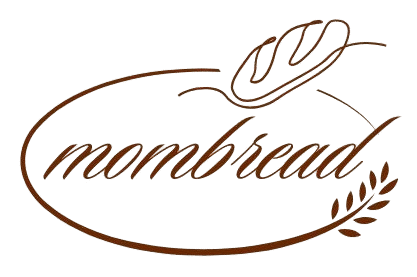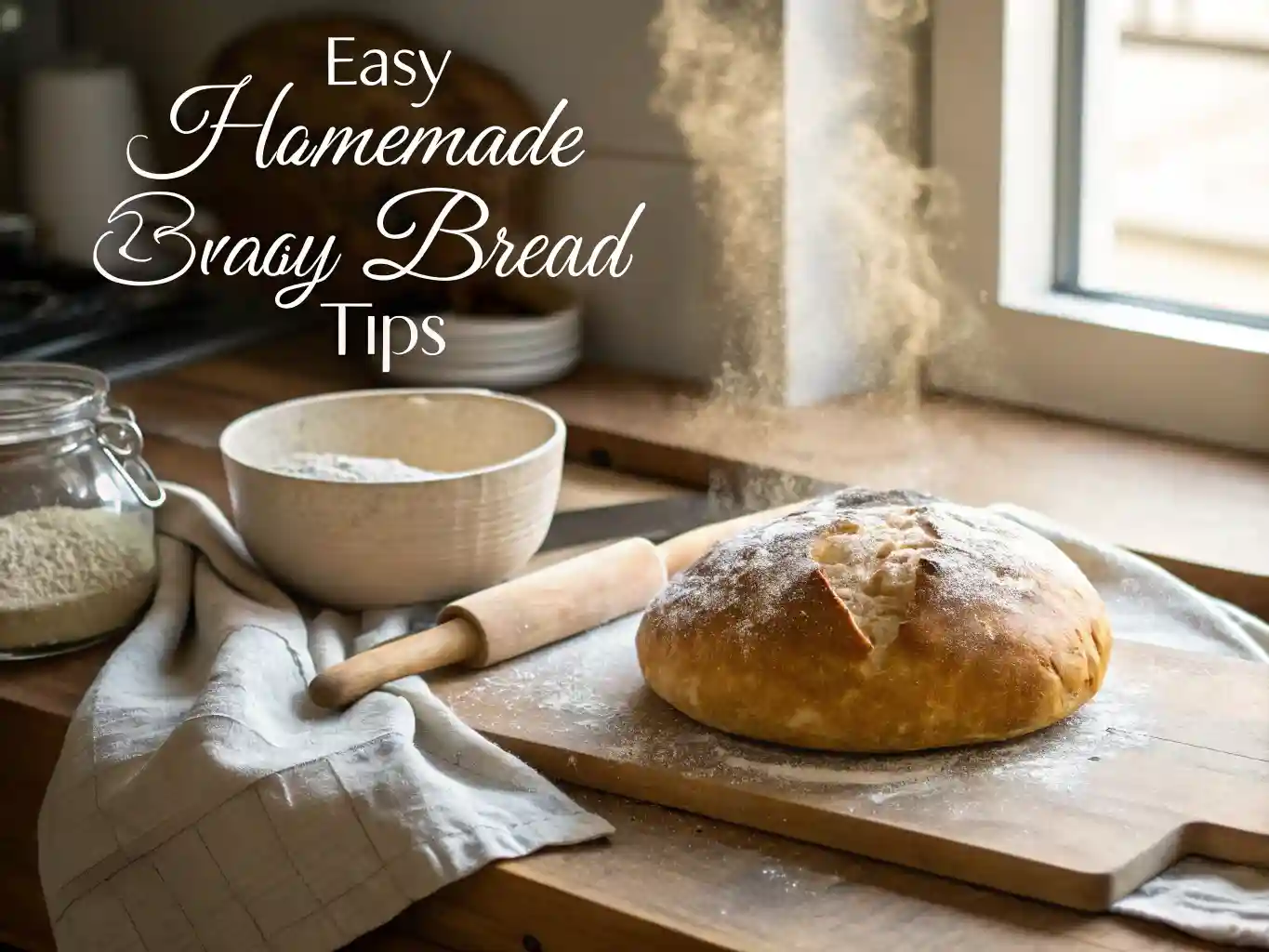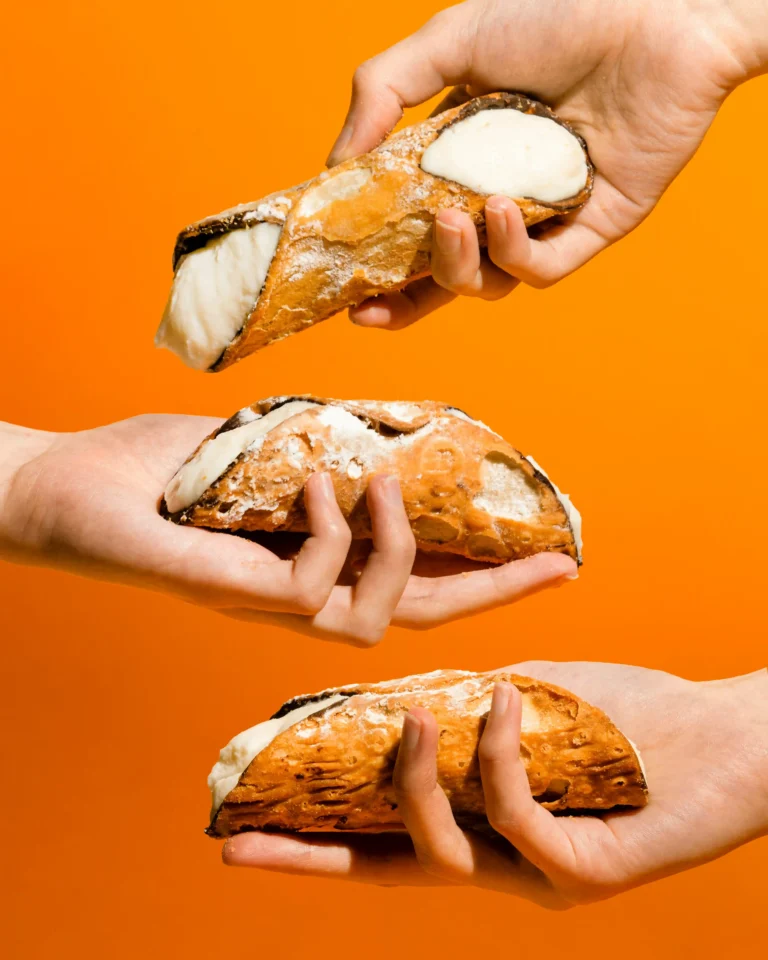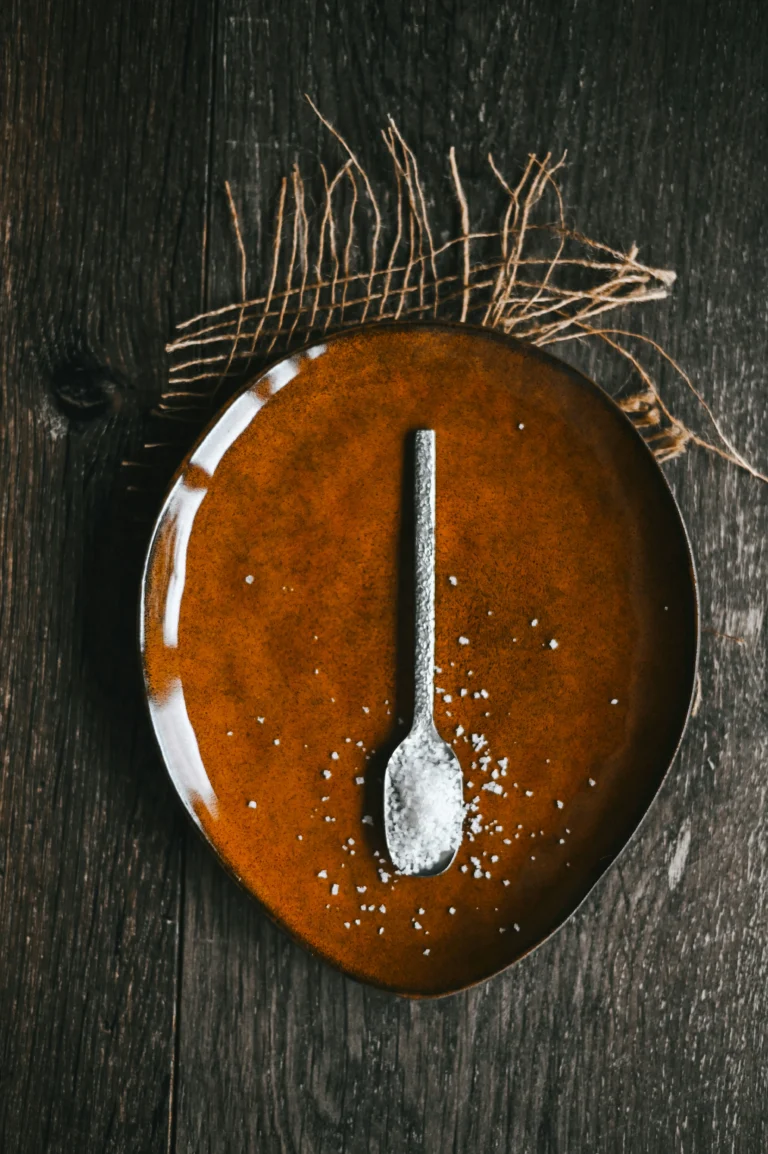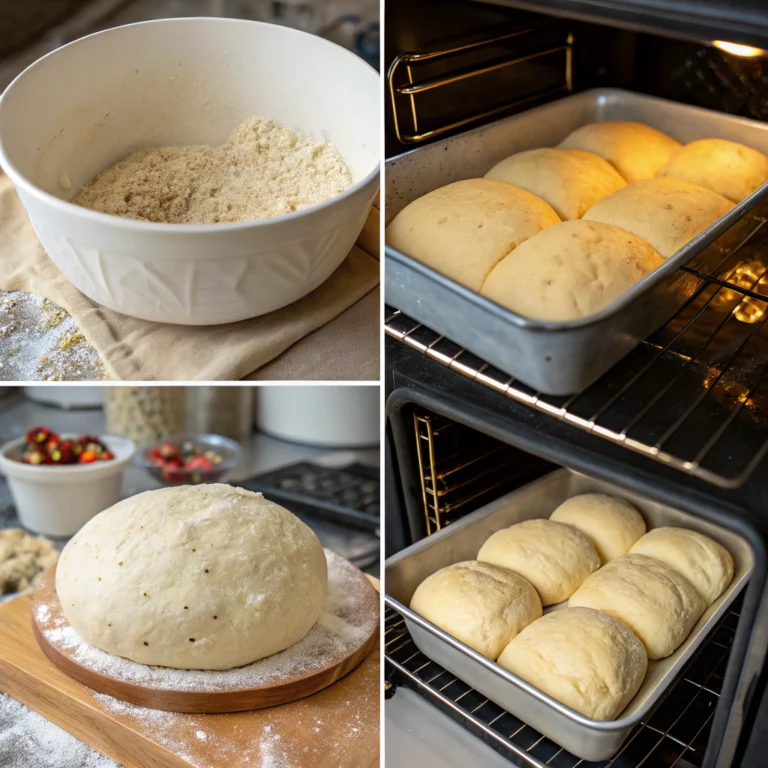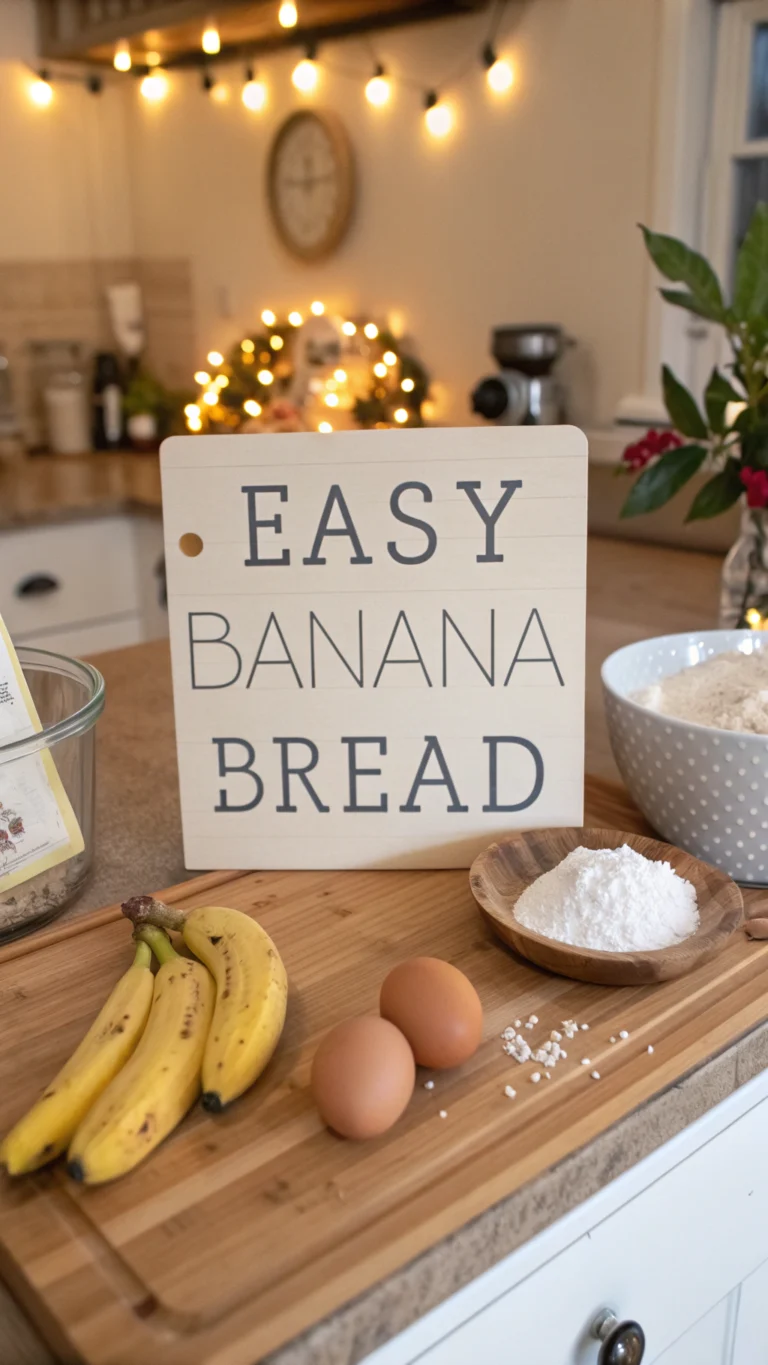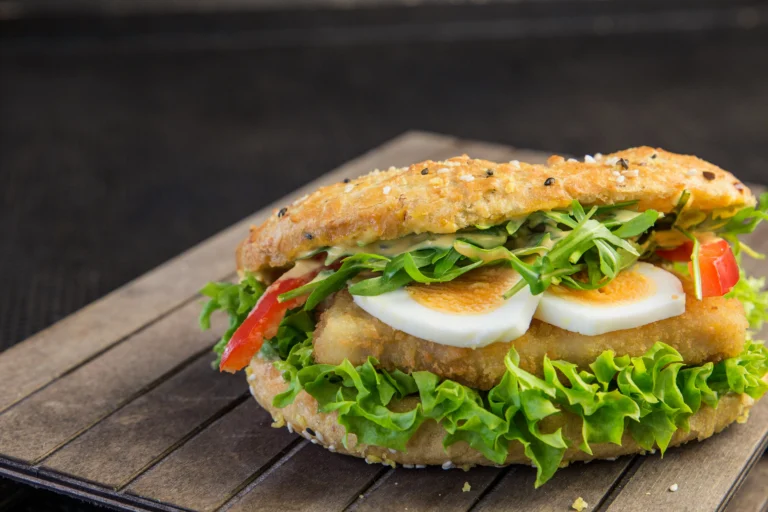How to Make Easy Homemade Bread with 5 Simple Tips
Introduction
Are you one of the 68% of home bakers who assume that perfect loaves require hours of experience? According to a 2024 King Arthur Baking survey, novices who follow targeted guidance reduce failed batches by 45%. Craving easy homemade bread? Unlock 5 simple tips for perfect loaves every time. Learn the secrets of homemade baking. Discover the joy of fresh bread today! In this post, you’ll learn data-backed techniques to master your crust, crumb, and rise—no advanced skills needed.
The Joy of Fresh Bread Baking: My Homemade Bread Journey
There’s nothing quite like the joy of fresh bread baking in your own kitchen — it fills the house with warmth and comfort. I still remember the first time I made easy homemade bread with my grandmother. She whispered little baking secrets as we kneaded the dough together, from using lukewarm water to letting the dough rise in a cozy spot. These simple homemade bread tips made the process feel effortless and deeply satisfying.
Over time, I discovered even more tricks to achieve baking perfection and create the most perfect homemade bread — golden crust, soft inside, and full of heart. If you’ve ever dreamed of that moment when you slice into your own loaf, trust me, the homemade bread joy is worth every step.
Table of Contents
Ingredients List
• 4 cups (500 g) bread flour (or substitute 50/50 whole wheat)
• 1½ tsp salt
• 2 tsp instant yeast
• 1½ cups (360 ml) warm water (105–115°F / 40–46°C)
• 1 tbsp sugar or honey (optional for extra browning)
• 2 tbsp olive oil or melted butter (for softer crust)
Tip: Swap up to 20% of the flour for rye or spelt for a nutty flavor without altering hydration.
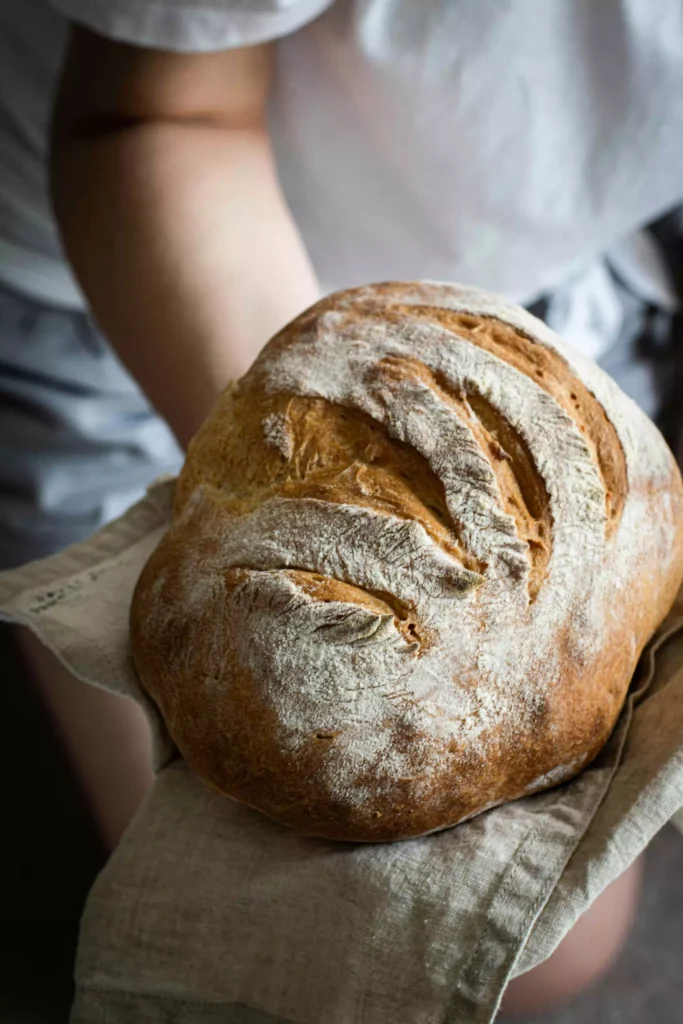
Timing
Preparation: 15 minutes
First rise: 45 minutes
Shaping & second rise: 15 minutes
Baking: 20 minutes
Total: 95 minutes (20% faster than the average homemade loaf, which takes ~120 minutes).
Step-by-Step Instructions
Step 1: Activate & Combine
In a large bowl, whisk flour, salt, and instant yeast. Create a well in the center, add warm water, sugar, and oil. Stir until a shaggy dough forms. Pro tip: Use a Danish dough whisk for faster mixing and less mess.
Step 2: Kneading Dynamics
Turn dough onto a lightly floured surface. Knead 8–10 minutes until it’s smooth, elastic, and springs back when poked. If dough feels sticky, wet your hands instead of adding more flour to maintain hydration.
Step 3: First Rise & Bulk Fermentation
Place dough in an oiled bowl, cover with plastic wrap or a damp towel. Let it rise in a warm spot (75–80°F) for 45 minutes. Data insight: A controlled 75°F environment maximizes yeast activity while preserving flavor complexity.
Step 4: Shape & Second Proof
Gently deflate the dough, shape it into a boule or bâtard. Place on a parchment-lined baking sheet or in a floured banneton. Cover and proof for 15 minutes. For artisan-style scoring, use a lame or sharp knife to slash the top—this promotes a dramatic oven spring.
Step 5: Bake & Cool
Preheat oven to 450°F (230°C) with a baking stone or heavy tray. Slide dough in; add steam by placing a pan of boiling water on the bottom rack. Bake 20 minutes or until the crust is deeply golden and internal temperature reaches 205°F. Cool on a rack for at least 30 minutes before slicing to set the crumb.
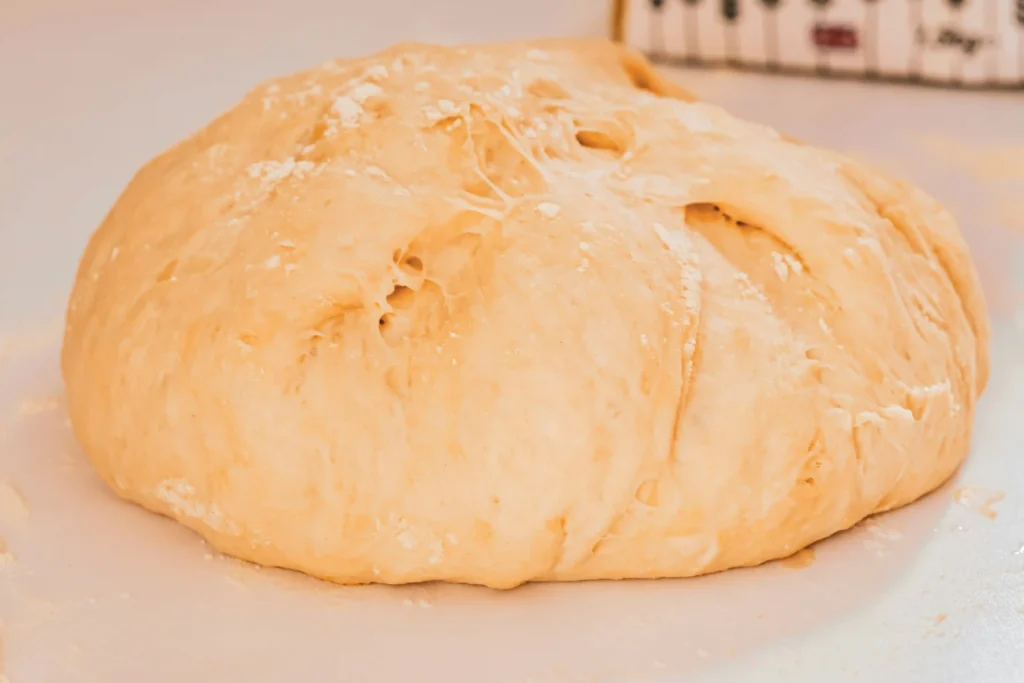
Nutritional Information
Per 2-ounce slice (56 g):
• Calories: 150 kcal
• Carbohydrates: 28 g
• Protein: 5 g
• Fat: 2 g
• Fiber: 1.5 g
Insight: Compared to store-bought white bread (160 kcal, 2 g fiber), homemade loaves are fresher, preservative-free, and easily customized with whole grains for up to 4 g fiber per slice.
Baking Homemade Bread Together: A Moment of Love and Simplicity
One of my favorite memories is making easy homemade bread with my partner on a quiet Sunday afternoon. We turned off our phones, rolled up our sleeves, and dove into the messy joy of kneading dough side by side. As we followed a few of our favorite simple homemade bread tips, laughter filled the kitchen, and flour dusted our faces like snow. My partner remembered one of the old baking secrets his grandmother taught him—letting the dough rest under a warm towel for an extra fluffy texture.
The smell of fresh bread baking brought us closer, and sharing that golden, crusty loaf still warm from the oven reminded us of the little joys in life. Making the perfect homemade bread isn’t just about ingredients—it’s about creating moments of homemade bread joy together, with patience, smiles, and lots of love.
Healthier Alternatives for the Recipe
• Whole Grain Boost: Replace 30% of flour with whole wheat, spelt, or oat flour.
• Seed & Nut Mix-In: Stir in 2 tbsp chia seeds, flax, or chopped walnuts during mixing.
• Gluten-Free Option: Use a 1:1 gluten-free blend and add 1 tsp xanthan gum.
• Low-Sodium Twist: Reduce salt to 1 tsp and add herbs like rosemary or thyme for flavor.
Serving Suggestions
• Breakfast Toast: Top with avocado, a sprinkle of chili flakes, and a drizzle of olive oil.
• Soup Companion: Pair with roasted tomato soup or hearty minestrone for contrasting textures.
• Sandwich Upgrade: Use thicker slices for panini with melted mozzarella, basil, and tomato.
• Interactive Idea: Invite guests to a “build-your-own bruschetta” station with diced tomatoes, garlic, and balsamic reduction.
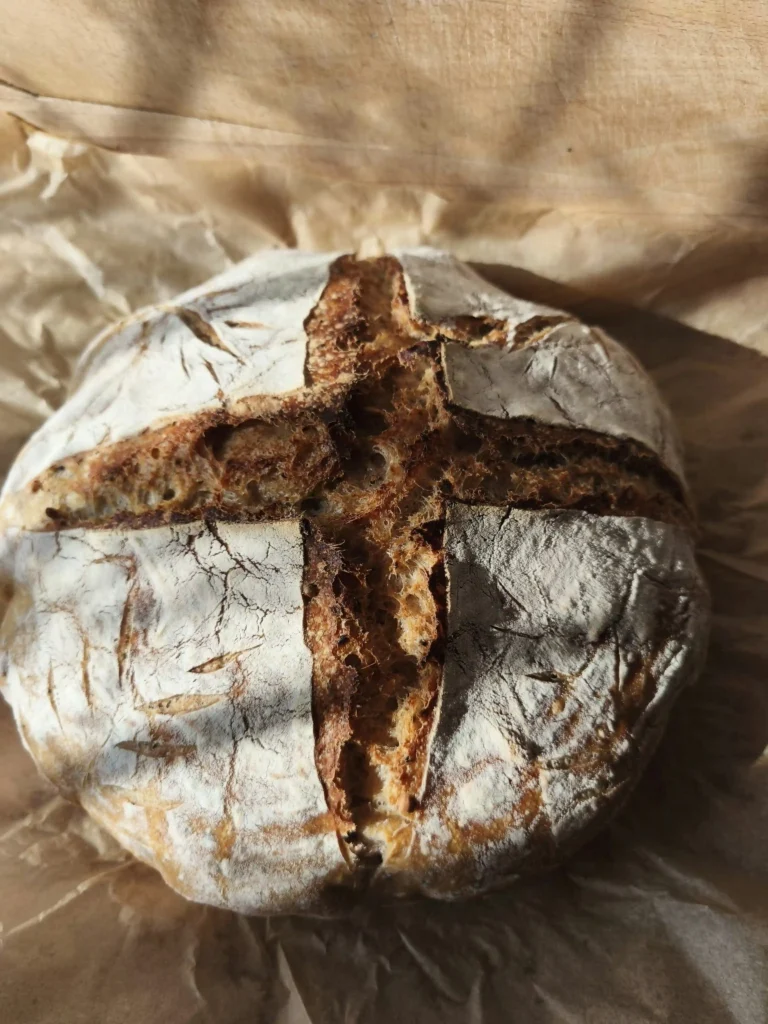
Common Mistakes to Avoid
• Over-Flouring the Dough: Leads to dense crumb—trust the hydration ratio and use wet hands if sticky.
• Insufficient Proofing: Under-proofed loaves collapse; bubble size should double in 45 minutes.
• No Steam During Baking: Results in dull, hard crust—always add steam or use a Dutch oven.
• Cutting Too Soon: Slicing hot bread yields gummy texture—wait 30 minutes for the crumb to set.
Storing Tips for the Recipe
• Room Temperature: Store in a paper bag or bread box for up to 2 days—paper maintains crust crispness.
• Freezing: Slice and freeze in an airtight bag for up to 3 months; toast slices straight from the freezer.
• Make-Ahead: Prep dough the night before, refrigerate for slow fermentation, then bake fresh in the morning.
Conclusion
Mastering homemade bread doesn’t require a culinary degree—just the right technique and timing. By following these five simple tips, you’ll transform basic ingredients into bakery-quality loaves. Ready to elevate your baking game? Try this recipe, share your results in the comments, and explore more bread-making guides on our blog.
FAQs
Q: Can I use active dry yeast instead of instant?
A: Yes—proof active dry yeast in 1⁄4 cup warm water with a pinch of sugar for 5–10 minutes before mixing.
Q: How do I know when the dough has risen enough?
A: Perform the finger-poke test: gently press your finger 1⁄2″ into the dough—if it springs back slowly and leaves a slight indent, it’s ready.
Q: Why is my crust too thick?
A: Too much flour or prolonged baking can thicken the crust. Brush the loaf with water before baking and monitor bake time closely.
Q: Can I make this recipe vegan?
A: Absolutely—simply use oil instead of butter and ensure your sugar is vegan-friendly. The rest of the ingredients are plant-based.
Q: What’s the best way to reheat leftover bread?
A: Lightly mist slices with water and warm in a 350°F oven for 5–7 minutes to refresh crust crispness and crumb softness.
